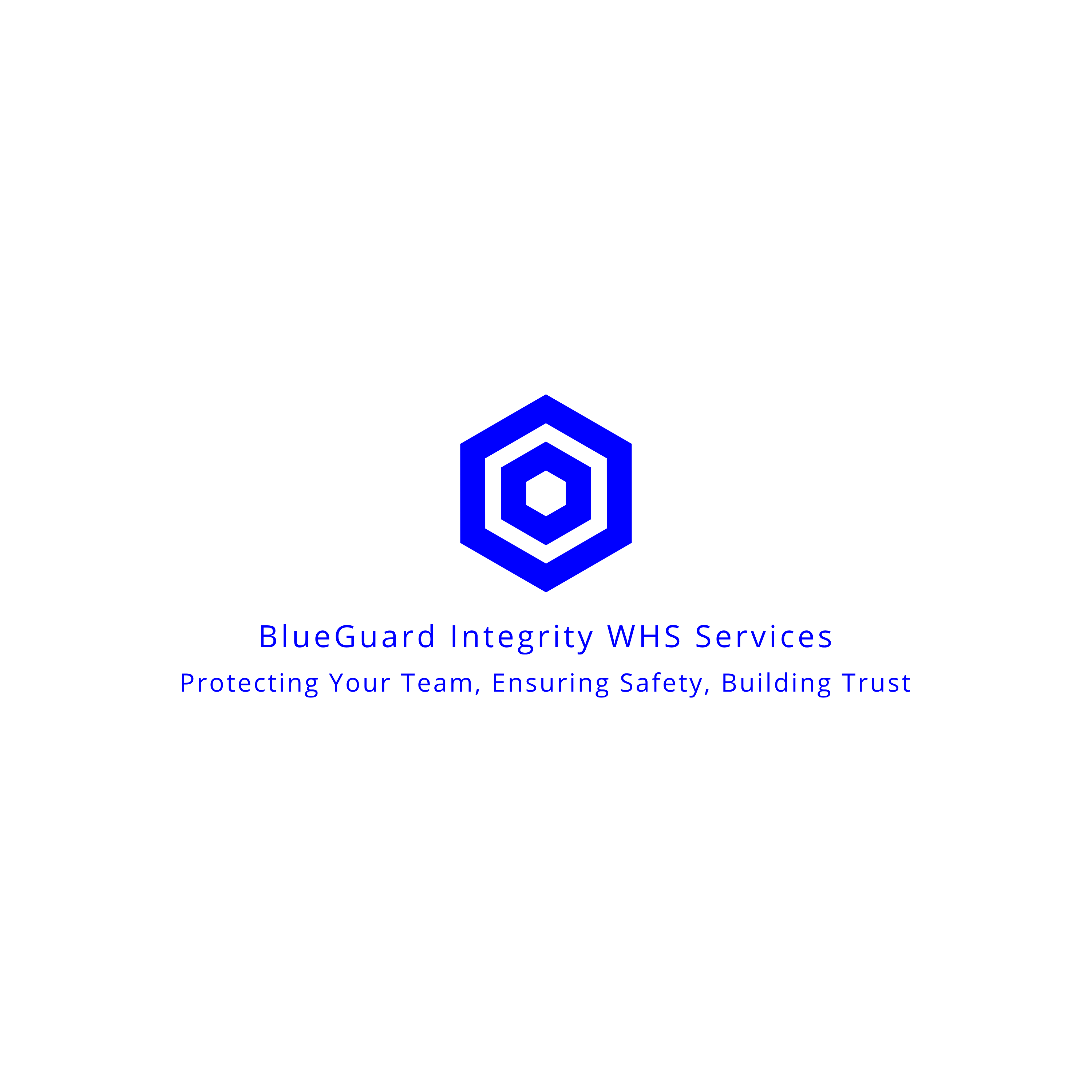Behind the Numbers: Why Workplace Safety Can’t Be Compromised
- Rob Hubbard

- Sep 23
- 2 min read
Every statistic has a face. When you hear “one worker injured,” it isn’t just a line on a report—it’s a father who doesn’t make it home for dinner, a mother who can’t pick up her kids, or a community that feels the loss. Safety isn’t paperwork. It’s people.

A Case Study: The Cost of Complacency
In WA’s resource sector, two haul trucks collided during night operations on a mine site. Dust, fatigue, and a breakdown in radio communication all played a part. One operator survived with serious injuries; the other never made it home.
The impact rippled far beyond the pit:
Human cost: Families devastated. Workmates traumatised. A community left asking “why?”
Business risk: Production halted, an extensive investigation launched, and millions lost in downtime.
Legal duty: Regulators found failures in supervision, fatigue management, and compliance with the WHS Act, holding the PCBU accountable.
It wasn’t one single mistake. It was a chain of missed checks and assumed risks—each one small on its own, but together catastrophic.
The Human Impact
Behind every number is a story. A lapse in safety can mean a life changed forever, and the ripple effect extends far beyond the worksite. Families, friends, and entire communities are impacted when safety fails.

The Business Risk
For organisations, the cost of overlooking safety is immense. Fines, project delays, and reputational damage are only the start. Clients, investors, and regulators all want assurance that your team is fit, safe, and protected. A single failure can undo years of trust and hard work.
The Legal Duty
In Western Australia, the WHS Act makes it clear: PCBUs (Persons Conducting a Business or Undertaking) are legally required to ensure their workers are fit to perform their roles. Ignorance is not an excuse. Compliance isn’t optional—it’s a responsibility.
But Above All…
Safety is about making sure every worker goes home the same way they arrived: healthy, safe, and ready to live their life outside of work. That’s the true measure of success on any project.
👉 Authority Tip: Real safety leadership means acting before something goes wrong. Systems, supervision, and culture are the safety net—and without them, lives are at risk.




Comments